Your cart
Subtotal: $0.00
In the early years of a child's life, the canvas of their mind is waiting to be painted with vibrant strokes of imagination, curiosity, and creativity. As they explore the world around them, young children embark on a journey of discovery, forming the building blocks of their cognitive and emotional development. In this crucial phase, creativity emerges as a powerful force, playing an integral role in shaping a child's holistic growth. Join us as we uncover why nurturing creativity in young minds is a necessity for setting the stage for lifelong success and happiness.
When we think about creativity, we often think about creative arts such as dance, sculpture, painting and drawing, but it is also possible to be creative in scientific ways. Creative-scientific explorations can involve problem-solving, testing an idea to see if it works or is true, investigating, discovering and inventing. Creativity was traditionally thought to be limited to a special set of ‘creative’ people, but we can all be creative given the opportunity.
Babies and young children are taking their first steps in creative exploration from birth as they begin to make connections and make sense of the world; they are natural explorers.
“Everyone has huge creative capacities; the challenge is to develop them”.
Ken Robinson. [1]

The development of our creative thinking skills is widely accepted as being a key 21st century skill. Our world is rapidly changing and the skills to be able to adapt and innovate are increasingly important. Additionally, we know that babies and young children need nourishment in order to flourish and reach their potential. There are many areas that nourish us. We need to have a balanced healthy diet, physical exercise, rest and sleep, social and emotional interaction and, crucially, the freedom to play and develop their creativity. Being creative is beneficial for our sense of well-being and mental health. This is true for everyone, children and adults. [2]
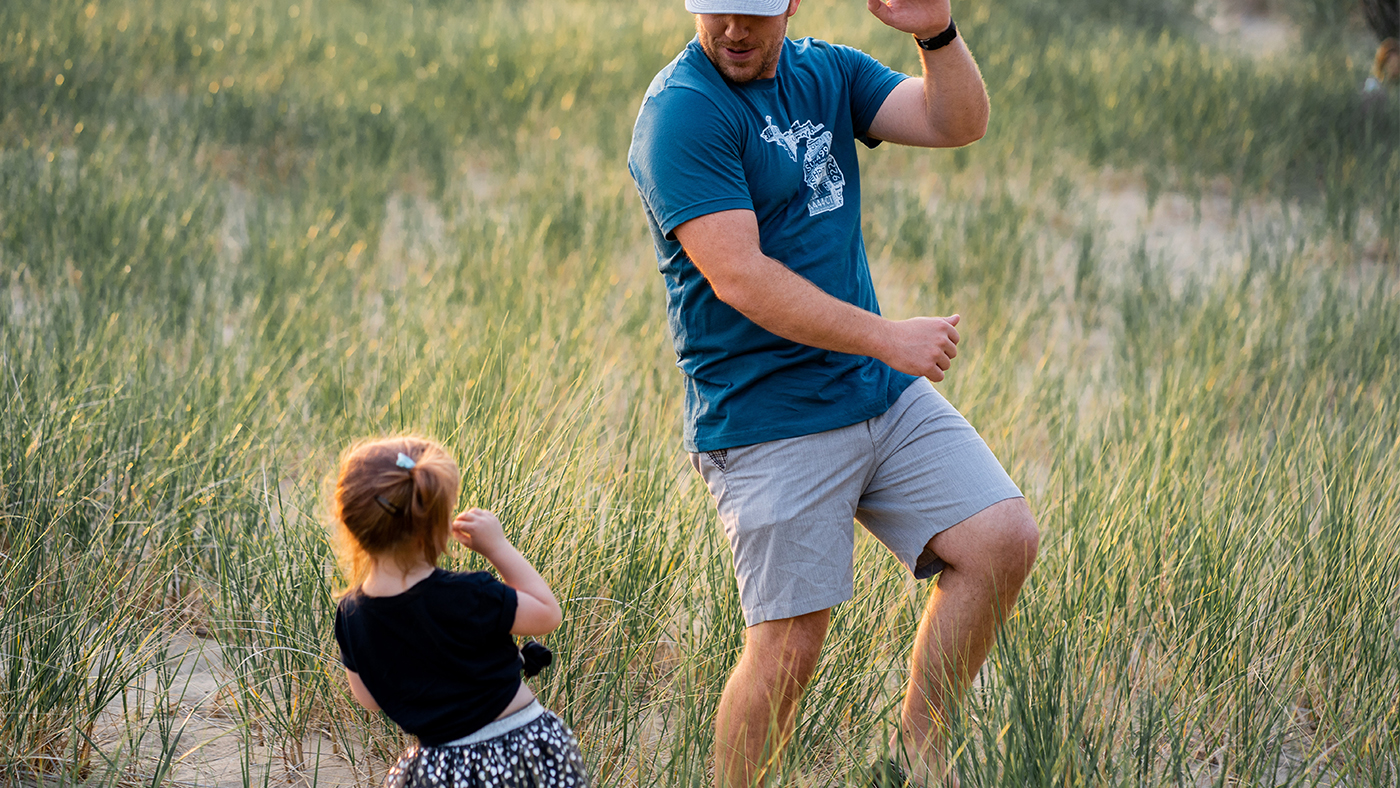
"The truly great advances of this generation will be made by those who can make outrageous connections and only a mind which know how to play can do that."
Nagale Jackson. (American author and playwright).
Making these outrageous connections sounds like lots of fun! There is an overwhelming amount of evidence that young children learn and develop best through play, in fact play is often called the ‘highest form of learning.’ Through play babies and young children have the chance to develop their confidence, self-esteem, communication and core attitudes (or dispositions) to learning. While they are playing they can build upon their natural curiosity and their desire to explore and make sense of the world around them. These dispositions are attitudes and behaviours such as persistence, resilience, collaboration, and risk taking. These provide the foundations for learning. Through play and our support children will naturally develop the skills to cultivate their creativity.
There are many suggested types of creative play such as risk-taking, making active choices, making connections, transforming and understanding, using the imagination and exploring possibilities. It has been argued that ‘possibility thinking’ is at the heart of all creativity in young children, whether they are working alone, in parallel or in collaboration with others.
Possibilities are generated by children (and adults) in all areas of learning, whether imaginative play, exploring music and composition, cooking, mark-making or writing, outdoor physical play, mathematical development or early understanding of the world. Possibility thinking is the means by which questions are posed and explored. One way to think about this is the way children are often considering the question ‘What if?’. [3]
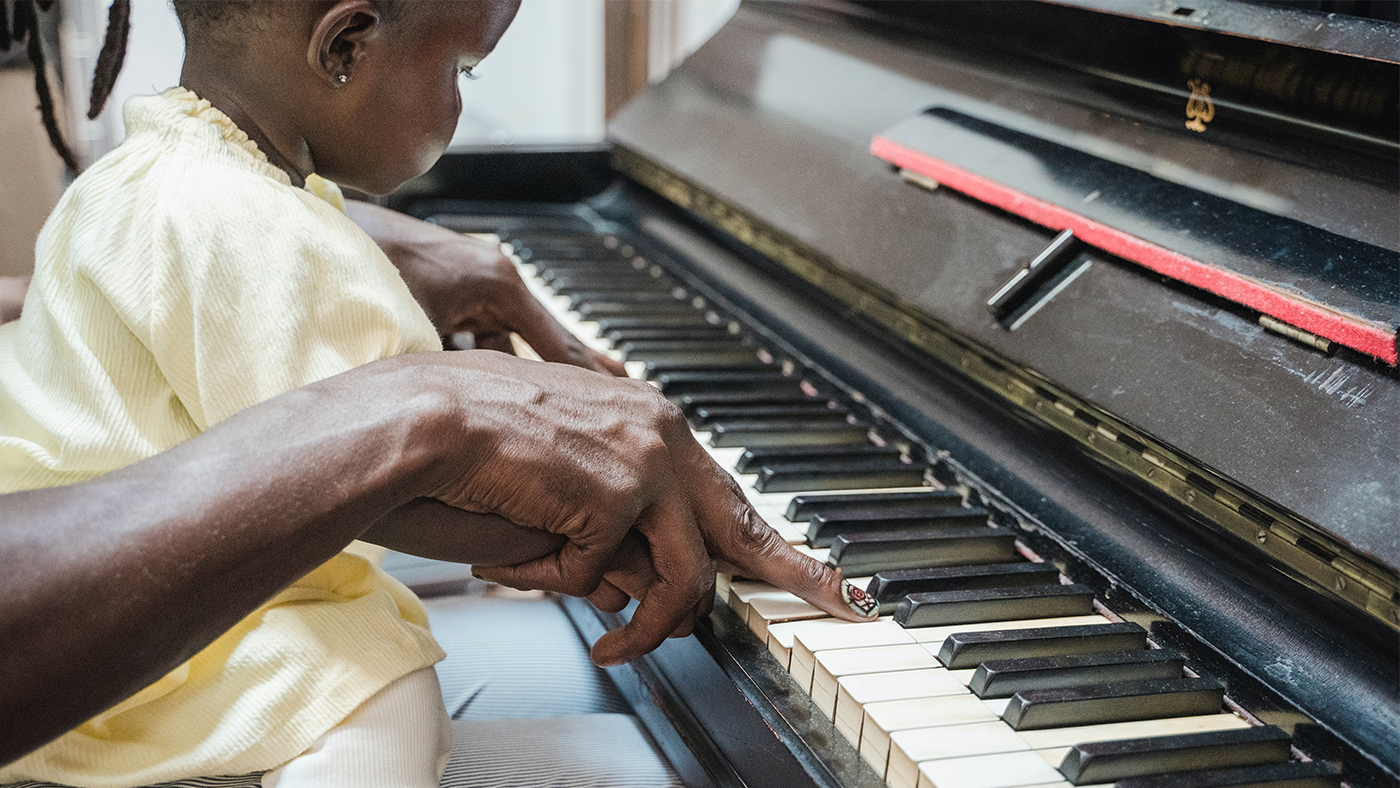
Cognitive skills is one of our six streams of development at My First Five Years. Creative play supports the development of cognition in multiple ways, predominantly, creative play allows young children the freedom to be able to explore their thoughts and feelings and come up with new and original ideas.
Research also supports creativity as a route of developing cognitive skills. Psychologist, Lev Vygotsky believed that creativity is present when any discovery is made, whether that is artistic, scientific, or technical. Vygotsky also believed that creativity was linked to previous experience, saying:
“…the more a child sees, hears, and experiences, the more he knows and assimilates, the more elements of reality he will have in his experience, and the more productive will be the operation of his imagination.” [4].
This highlights how creativity and cognitive skills interlink through early childhood, how creativity supports cognition and vice versa. Supporting this, more recent research by Durham University also pointed to the importance of creativity across different aspects of development and growth, saying:
“Exposure to a creative learning environment helps children to develop physically, socially, emotionally and cognitively. Creative opportunities stimulate young children’s curiosity, creativity and imagination, and support the development of communication skills; being creative helps children to cope with their feelings and fears and to manage their emotional states and develop positive dispositions towards challenge, change and self-initiated learning.” [5]
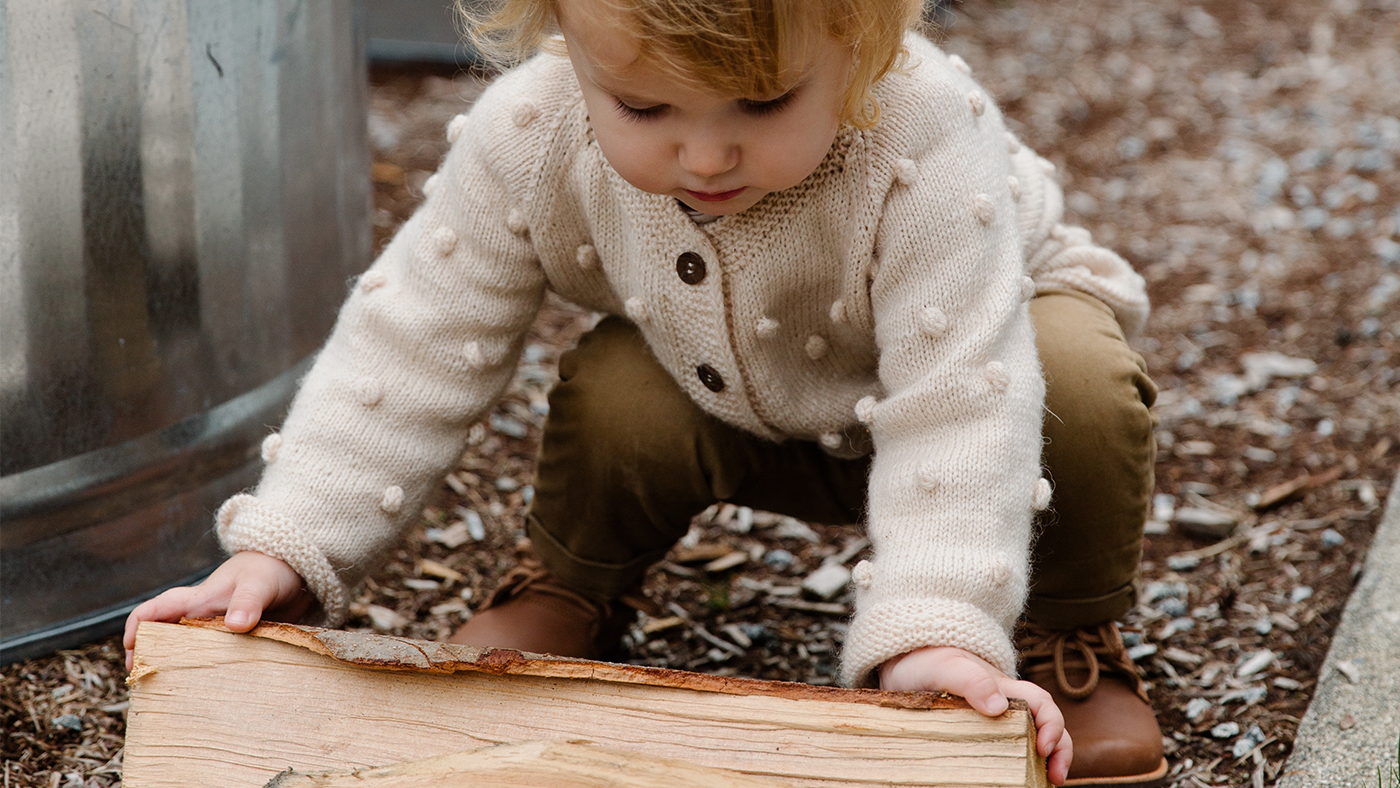
Social psychologist, Graham Wallas, offered the idea that creative development follows stages. He named and described these as:
This is known as the ‘planning’ stage of creativity, where the thinker readies themselves to think through what they are going to do.
This stage is described as ‘unconscious processing’. The incubation stage is where the thinker steps back to contemplate their creative goal, or planned outlet.
The illumination stage is the moment where everything falls into place for the thinker, it is easy to think of this stage as the ‘lightbulb moment’ of the creative process.
This is the final step of the creative process, and the part where everything is tied together. The verification stage is where the thinker finalises their ideas, and may evaluate what they have done. [6]
These stages are flexible and children can move forward and backwards, as they think, explore, encounter barriers, return to think and explore again. This process involves the resilience to keep going!
In her work on creativity with babies and toddlers, Early years expert, Professor Tina Bruce proposes the idea of ‘cultivating’ creativity, emphasising the role of adults in supporting rather than imposing ideas. This acknowledges the vital role that parents and other adults play can play in the early years by following the child’s lead as they investigate and explore. Bruce argues that, without sensitive engagement with children, "emergent possibilities for creativity that are in every child do not develop or can be quickly extinguished." [7]
Positive interactions allow the child to take the lead and let them be in charge of their play and explorations. When children have the space to make their own decisions and choices, they will develop creative dispositions. It can be hard not to step in with a cautionary word or a piece of advice but children need the freedom to take risks and make mistakes.
There is often a dilemma between structure and freedom, which is individual to each parent and child. The balance perhaps is found by careful watching and reflecting, and often subject to adjusting your interactions based on your child’s responses. It’s a learning curve for everyone.
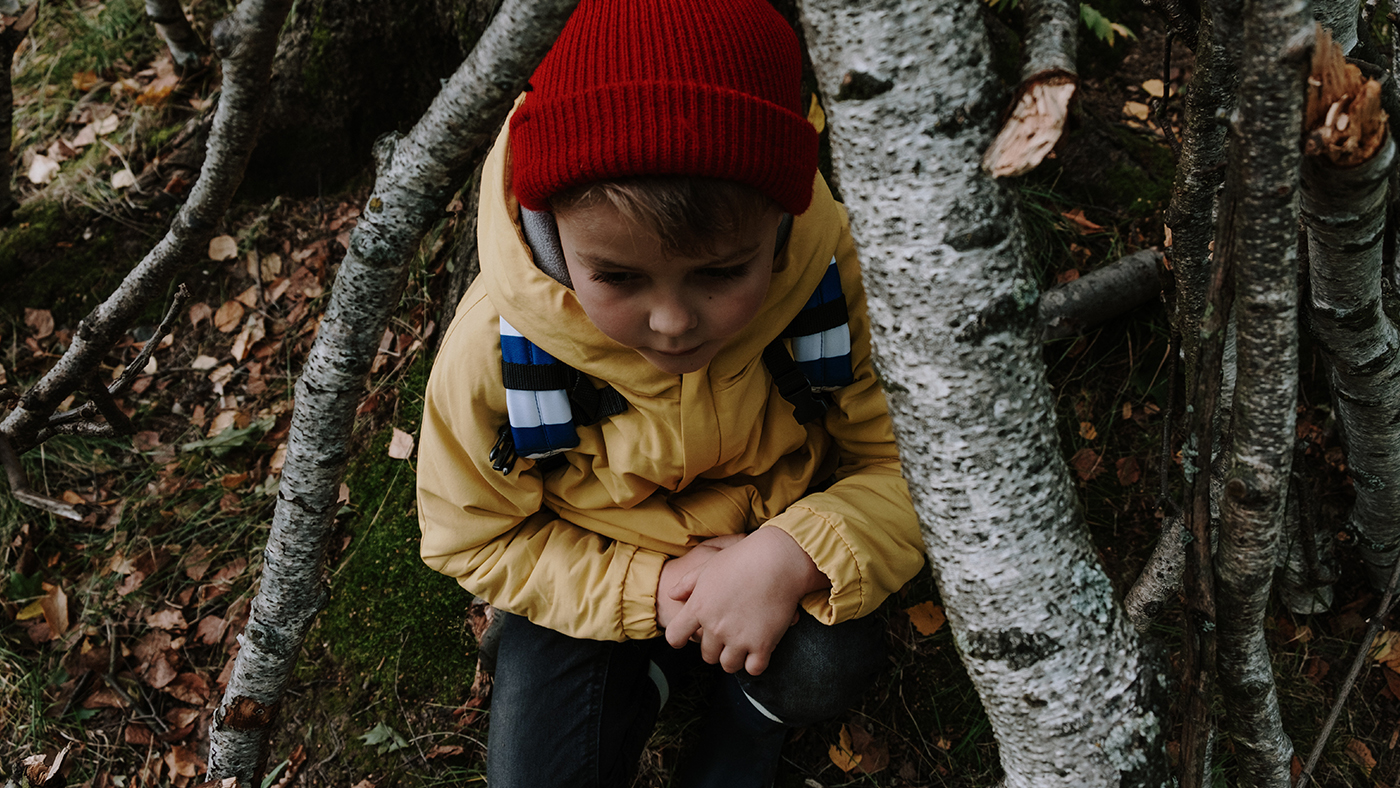
When we are thinking about encouraging creativity, we are really talking about encouraging the thinking skills that lead us in the direction of creativity. These skills are creative-thinking skills (essentially generating ideas) and critical-thinking skills (thinking as children analyse and reflect upon what they are experiencing). Talking together can be important for developing these as part of a collaborative process, supporting children to keep their flow and enthusiasm.
By not placing emphasis on the final product but celebrating your child’s ideas and engaging with them through ‘open’-questions as they explore, new possibilities open up. For example, "What are you noticing…?" and "I wonder if there are any other ways to do this…."..This approach helps them to notice and develop their thinking.
“Creativity is contagious - pass it on.”
Albert Einstein
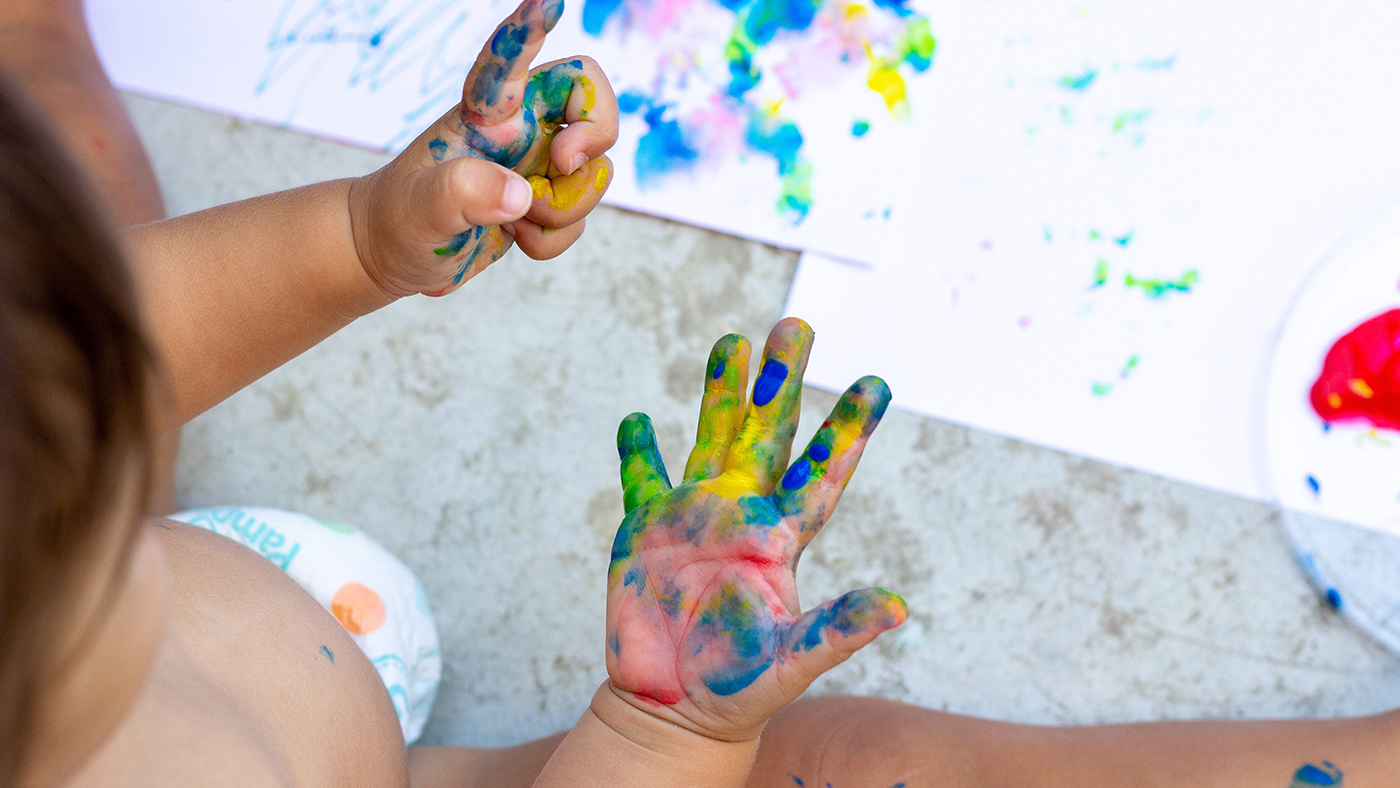
Unplanned time can be the catalyst for more creativity. Having fewer plans leaves more free time for unplanned activities. Getting out and about into the world with babies and young children can lead to creative moments, and simple things can spark ideas and lead to creative surprises. Slowing down, embracing a gap and stepping out of the schedule allows ideas to simmer and flourish.
Nature can provide wonderful inspiration for children’s creative explorations. It is a changing landscape that offers lots to explore, from playing with shadows, creating with natural loose parts or exploring and experimenting with sand, water and mud. It’s a great way to relax too and notice and connect with nature, the clouds, birds, insects, new shoots and leaves. Older children could draw, take photographs or collect some of the things they see, and this might inspire further explorations. Exploring the natural world is a wonderful way to promote problem-solving and imaginative play. Your child can use outdoor resources to explore, mark-make (the creation of patterns and shapes), make arrangements with pebbles, or even create habitats for creatures that they see in the garden with things that they find.
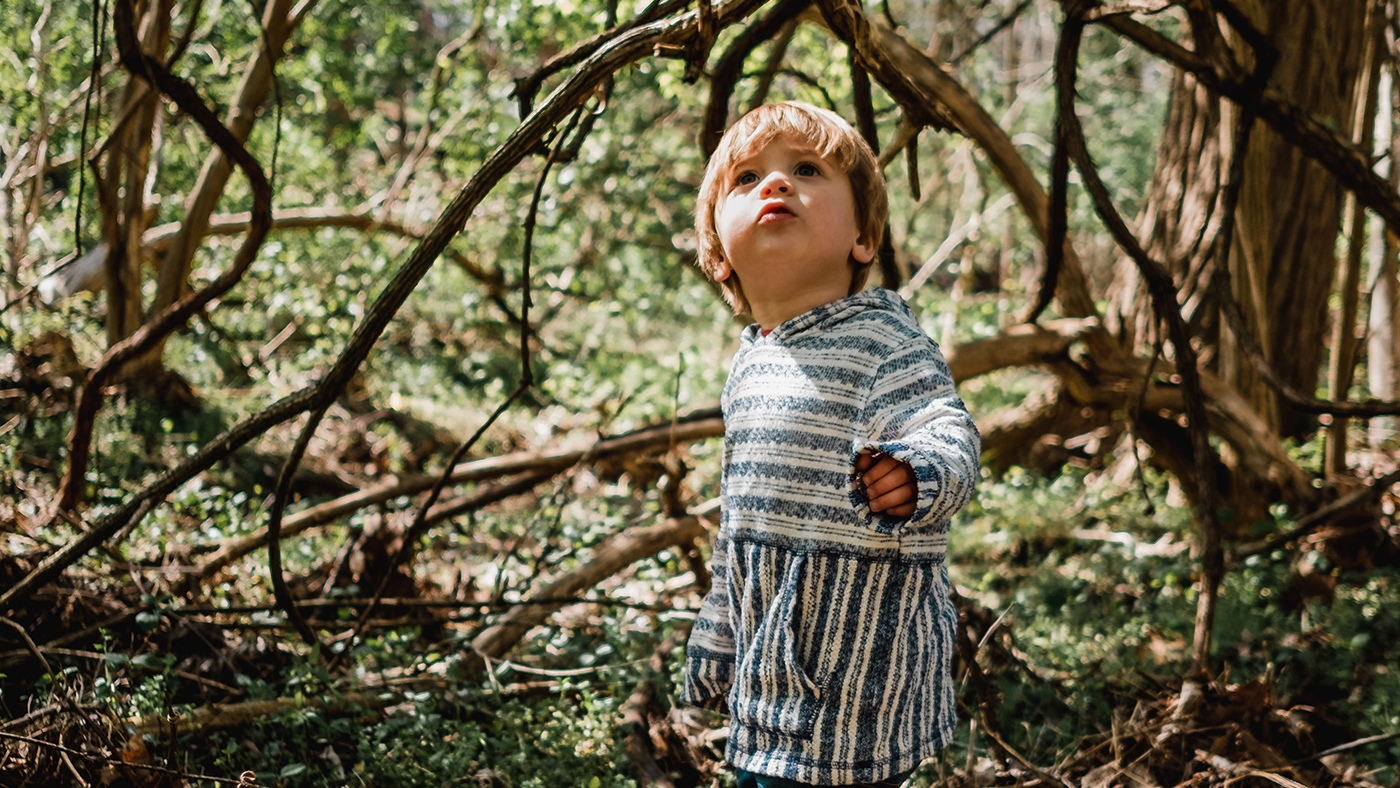
Loose parts are simply collections of objects that can be moved and combined, in a temporary way. There is no pre-determined way of playing with them, instead, the possibilities of how they are used are open-ended and determined by the child. Encourage your child to go on journeys to search and collect, choosing things that appeal to them and from this they can create a collection. For example, pebbles, sticks, buttons, blocks of wood, fabrics, lids, containers etcetera all make great loose parts.
Offer your baby or child different media for making marks, on different surfaces and on different scales. Children often enjoy the sensory and physical aspects of mark-making. Outdoor mark-making is great fun too and offers different possibilities. For example, children could draw swirls in sand or soil with their fingers. As children get older, drawing is an opportunity for children to represent their thoughts and ideas and ‘get them down on paper’ in an open-ended way. In this way, they can make their thoughts and ideas visible, which helps you to understand and engage with their thinking. You may notice themes emerging in these marks which you can talk about together, such as enclosures or map-making.
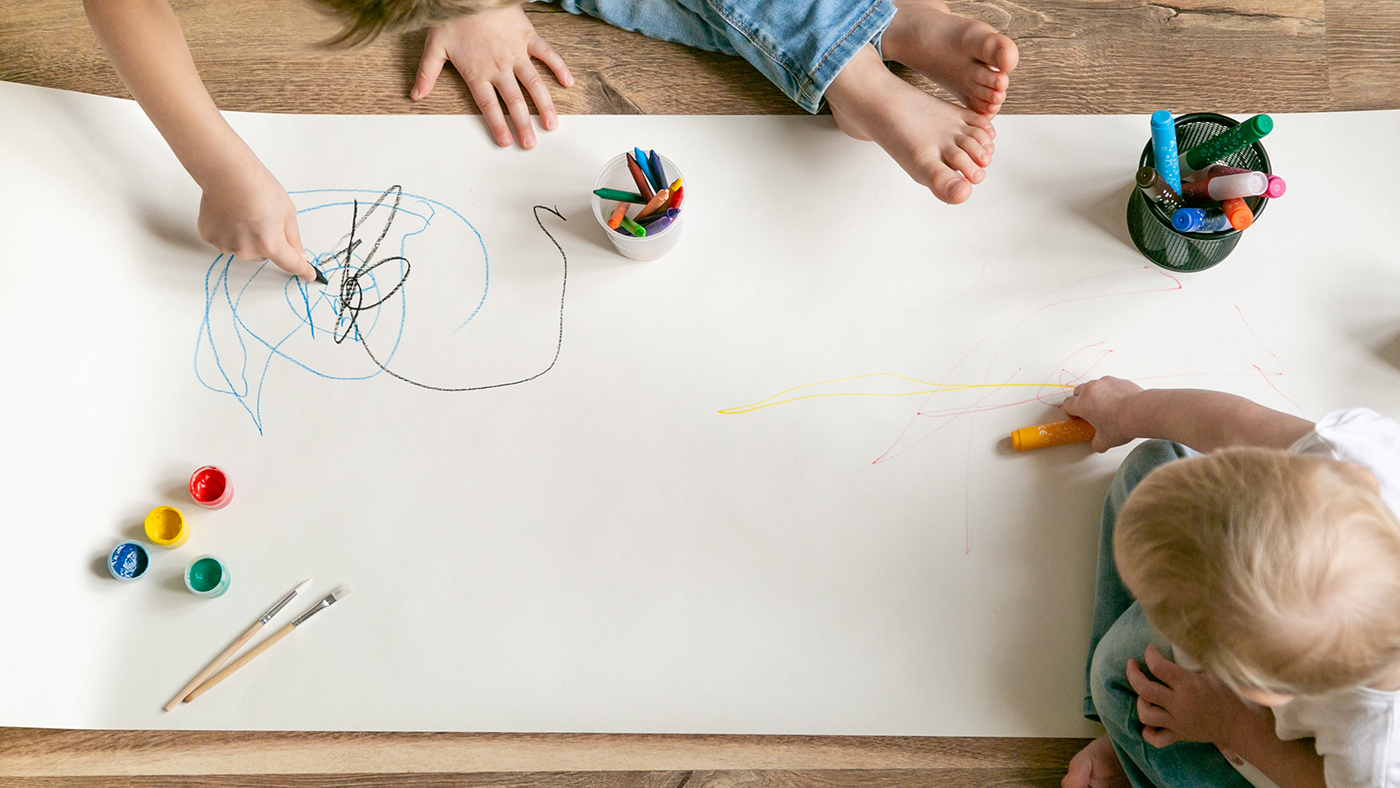
Shaking up and changing your usual home or garden environment is a great way to spark curiosity. Perhaps you could move some furniture from its usual position, to create a tunnel behind an armchair or sofa, or build a den with a clothes airer. It’s great for children to explore the possibility of using something in a novel, unusual or different way. Similarly, perhaps hang some sheets in the garden and watch how they move in the wind, or explore some shadows.
Malleable materials are simply materials that children can shape themselves, perhaps by pulling, stretching, pushing, rolling, squeezing, poking or pinching. Playdough or clay is great for this. You could make your own playdough and combine this with twigs, straws, stones, lids or feathers. Simple tools from around the house can be introduced alongside the malleable materials, developing children’s coordination and agility. You could use items such as garlic presses, pastry rollers and spoons.
Imaginative and pretend play engages children creatively. This is often self-driven and self-directed, following children’s interests and experiences. It’s great fun to support the play by taking a role and adding props. For example, if children show an interest in animals, you could suggest collecting toy animals and playing vets together. However, it’s important to allow your child to guide the play and decide the direction that it will follow, tempting though it may be to take over!
More open-ended play and creative-thinking can be sparked by providing a range of ‘open-ended’ items to allow children to create their own ‘what-ever-they-want-it-to-be’ play. This could be anything from old cardboard boxes, plain rolls of old wallpaper and old pieces of fabric.
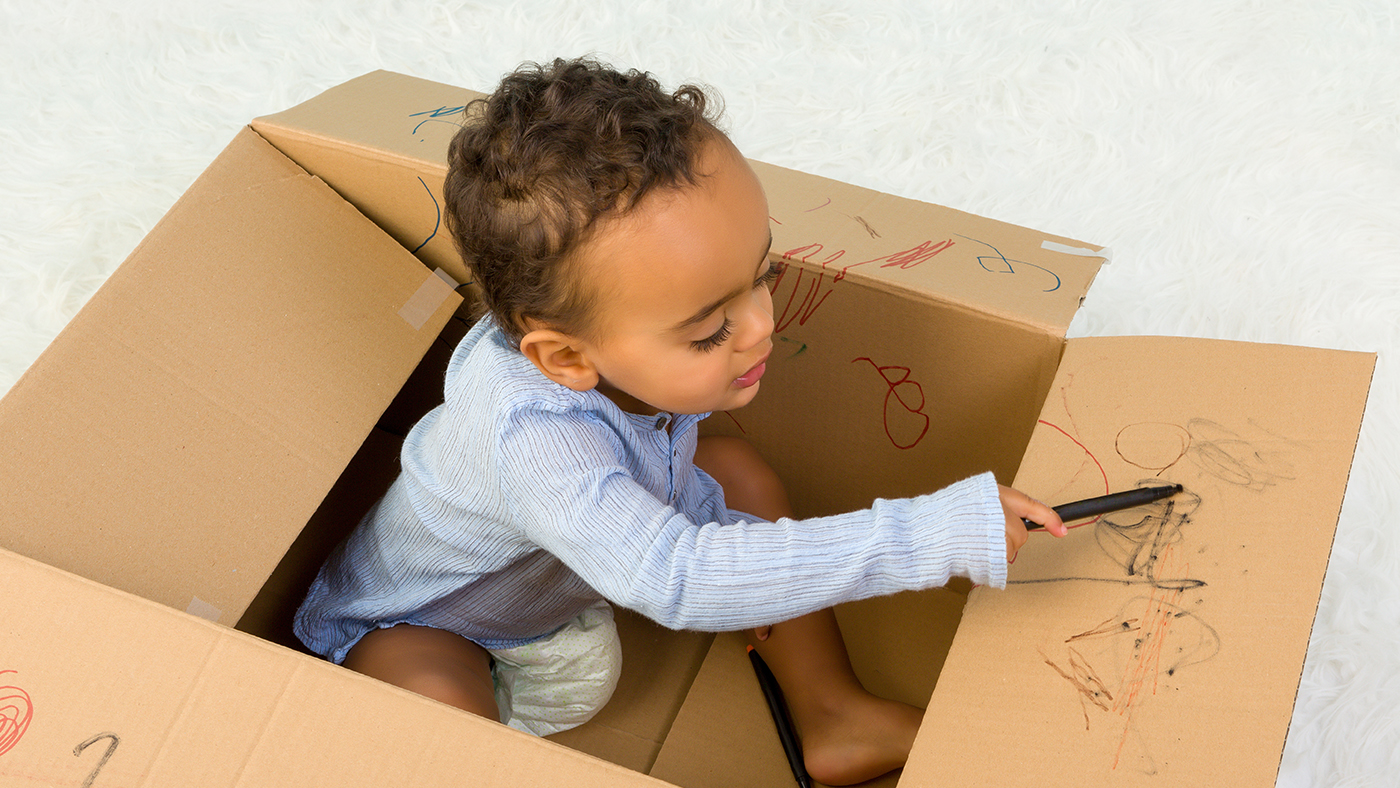
Sharing stories together orally and with books often sparks the imagination. Stories can be explored in an active way through play and costume. For instance, if your child loves the story of ‘The Three Little Pigs’, seek out materials to build your own little pigs house together, and take turns “huffing, puffing and blowing the house down” as the Big Bad Wolf.
At My First Five Years, we will keep reading the research about child development and sharing this through our app. The app will support you to notice and celebrate your child’s individual journey as they master skills during their first five years. You can remember and celebrate these skills using the scrapbook and read more about the science behind the skills through further reading and longer explanations.
References:
[1] Robinson, K. (2010) The Element; How finding your passion changes everything. Penguin.
[2] Moorehouse. P (2020) Online; https://irresistible-learning.co.uk/wp-content/uploads/2021/04/Creativity-with-young-Children-Guidence-for-parents.pdf
[3] Craft, A. (2001) Little c Creativity. In A. Craft, B. Jeffrey and M. Leibling Creativity in Education, London: Continuum.
[4] Lev Vygotsky. (2004). Imagination and Creativity in Childhood. Available: http://lchc.ucsd.edu/mca/Mail/xmcamail.2008_03.dir/att-0189/Vygotsky__Imag___Creat_in_Childhood.pdf.
[5] Durham University. (2021). Durham CommiCommissionreativity and Education Report. Available: https://www.dur.ac.uk/resources/creativitycommission/DurhamReport.pdf.
[6] Maria Popova. (2021). The Art of Thought: A Pioneering 1926 Model of the Four Stages of Creativity. Available: https://www.brainpickings.org/2013/08/28/the-art-of-thought-graham-wallas-stages/.
[7] Bruce, T. (2004) Cultivating Creativity in Babies, Toddlers and Young Children. London: Hodder and Stoughton Educational.
Experience the beauty of natural creativity with Prim and Pure. Discover our non-toxic makeup collection, specially crafted for your little artists, and let their creativity shine. Learn more about how we want to fulfill creative imaginations by joining our Facebook community or get in touch here.
Reference: https://www.mffy.com/blog/why-creativity-is-important-in-early-years-child-development